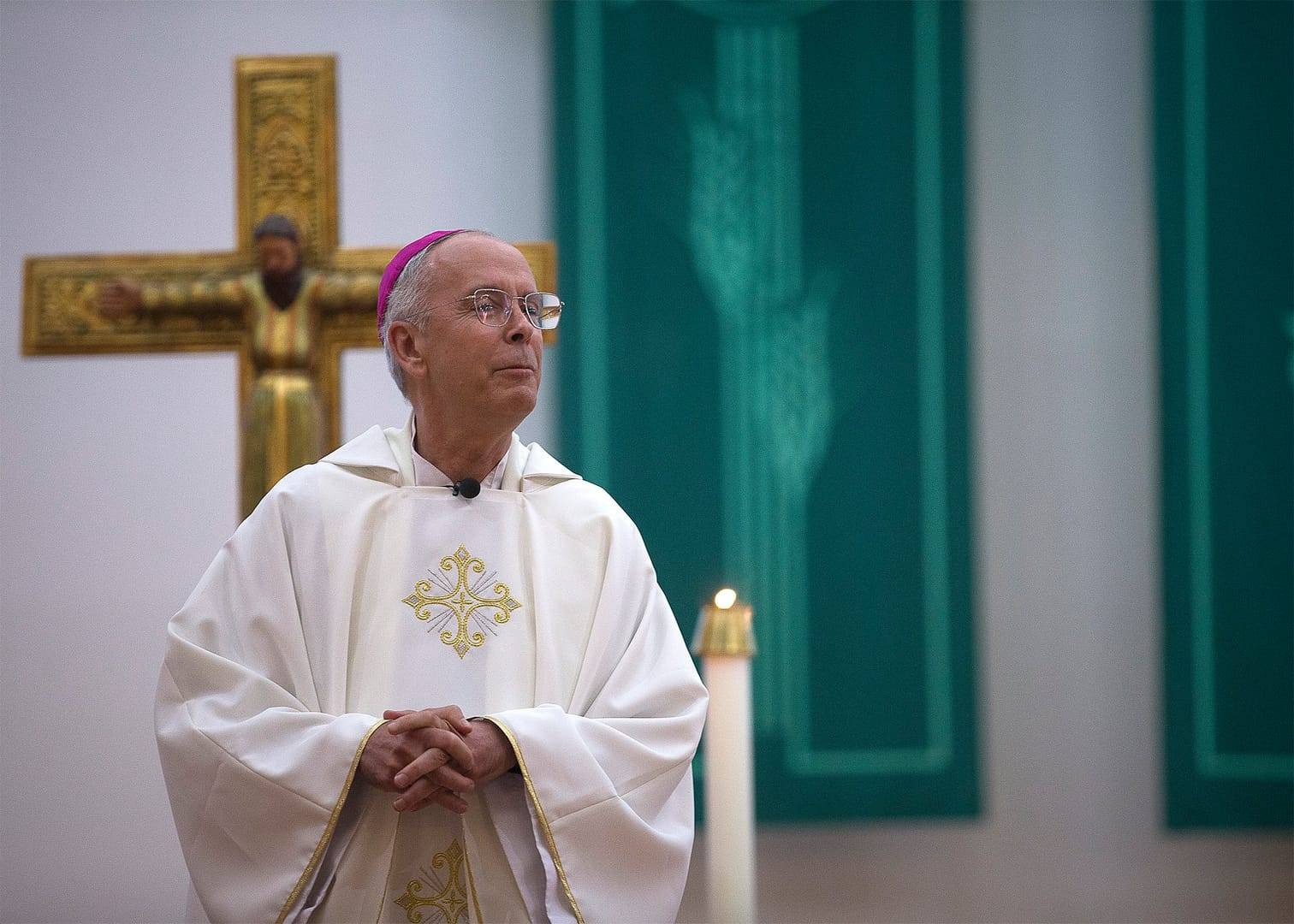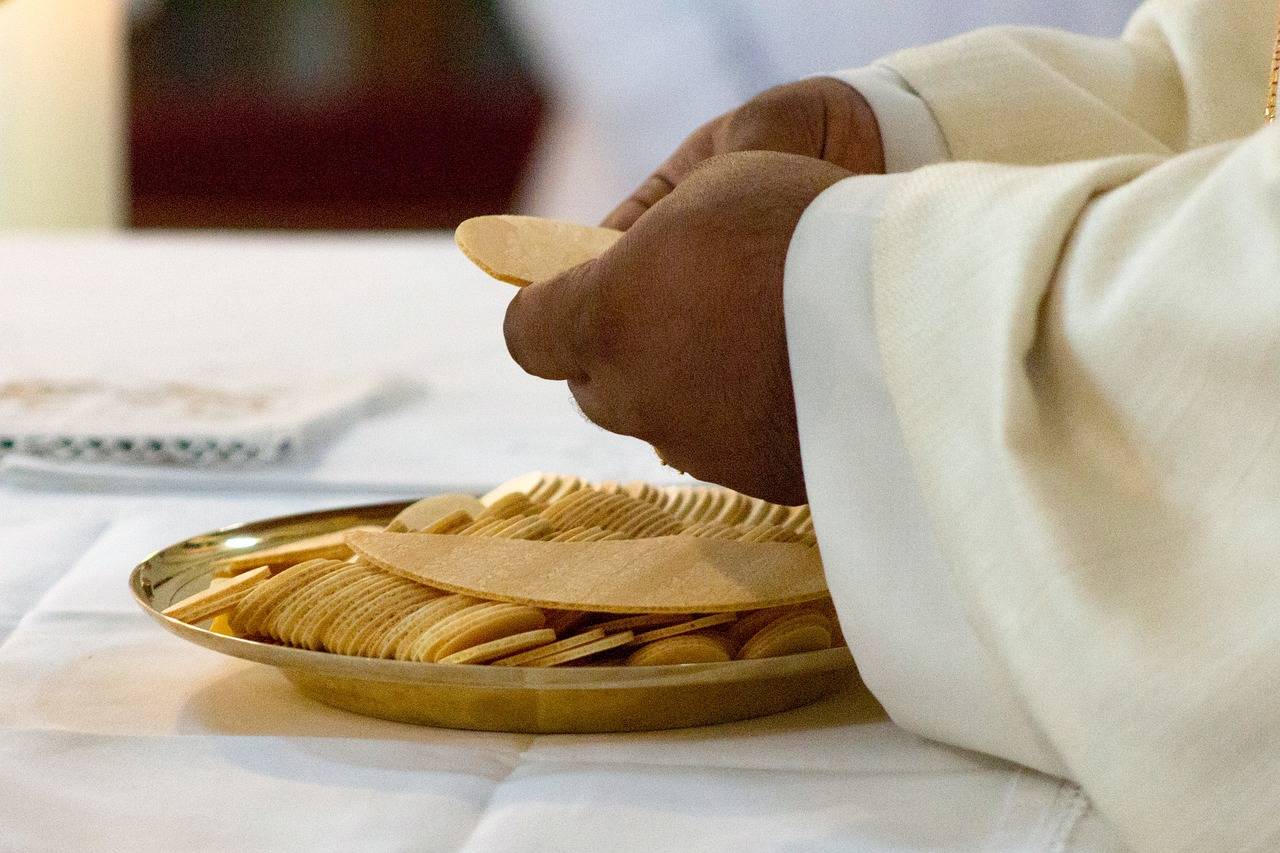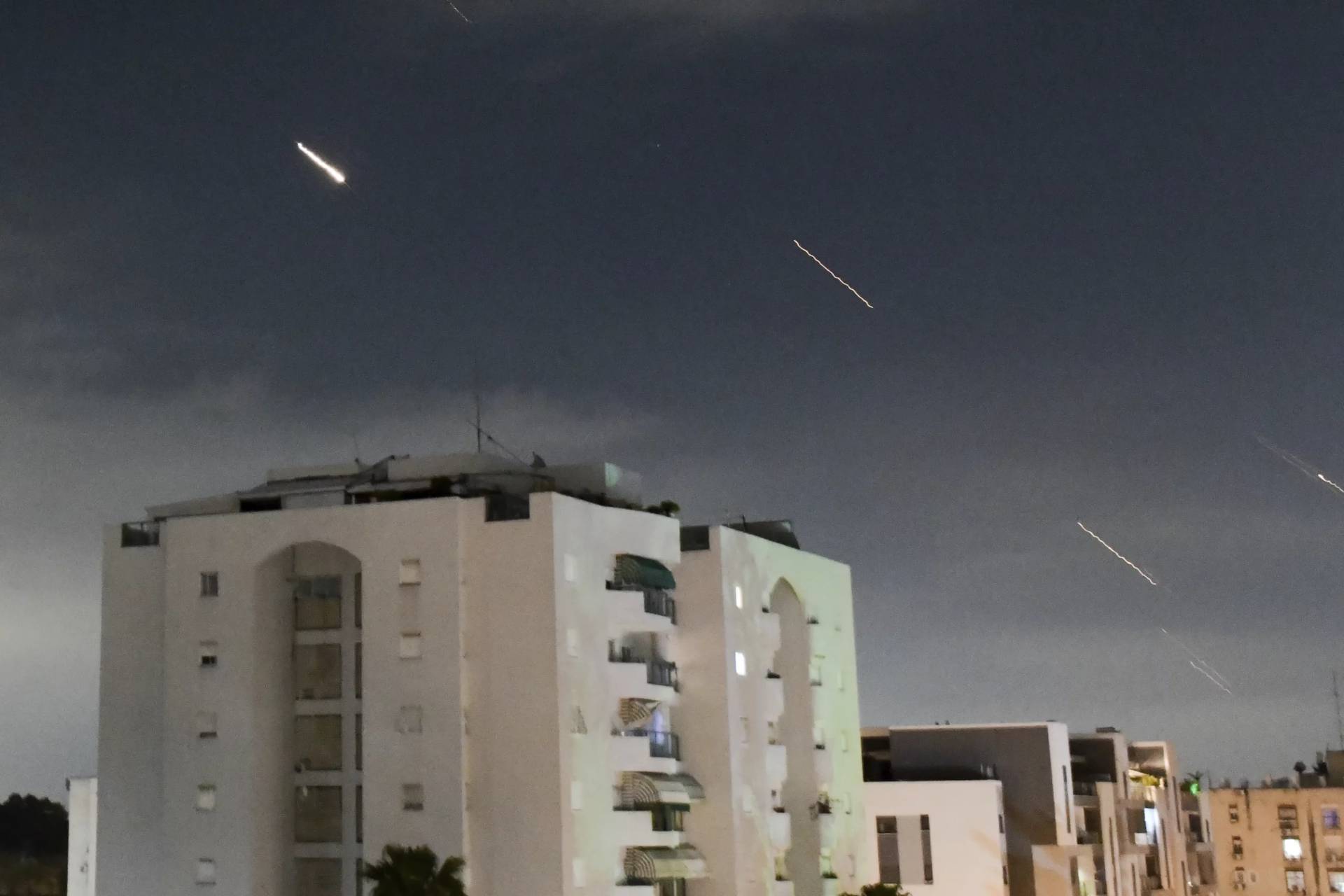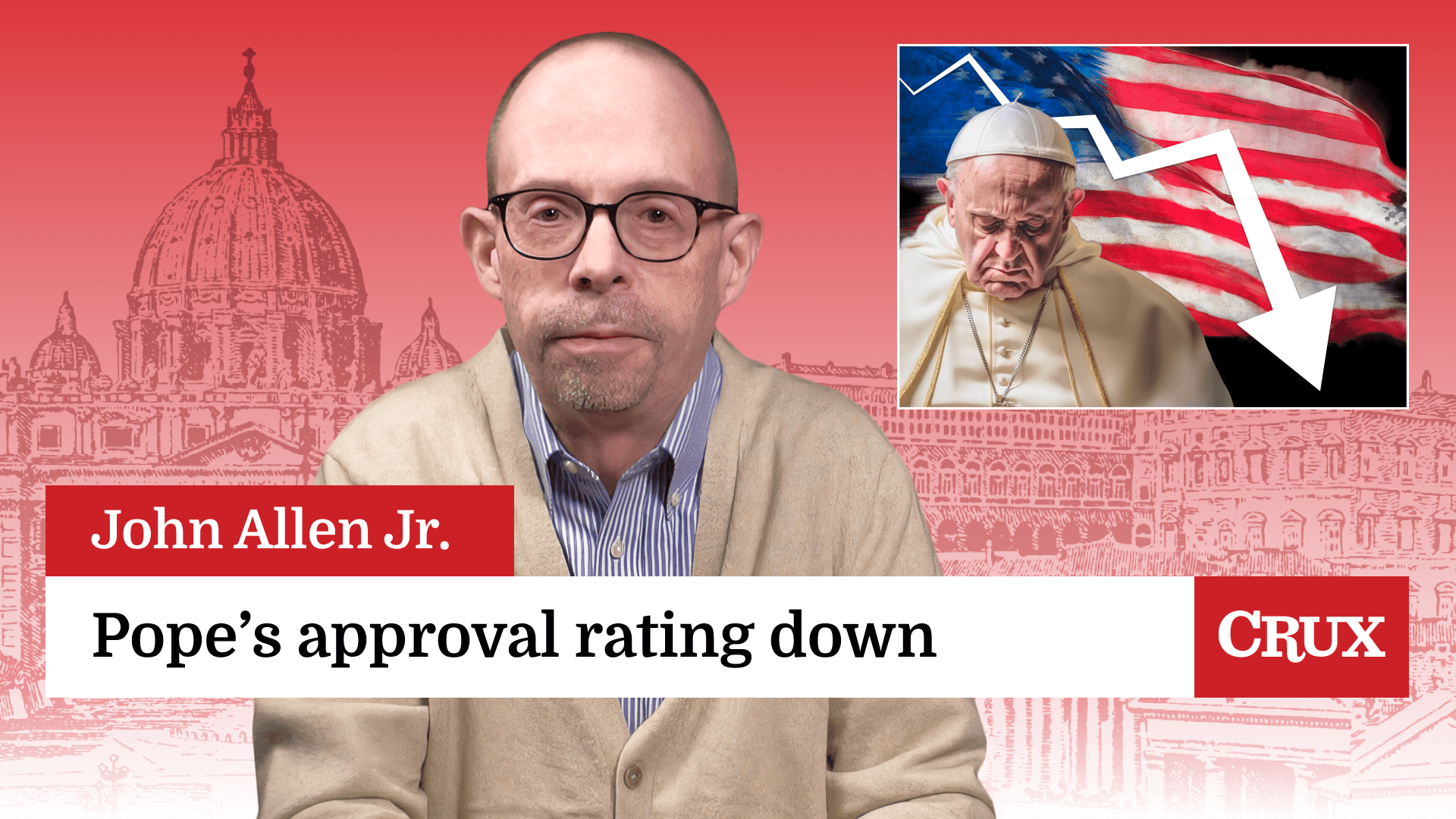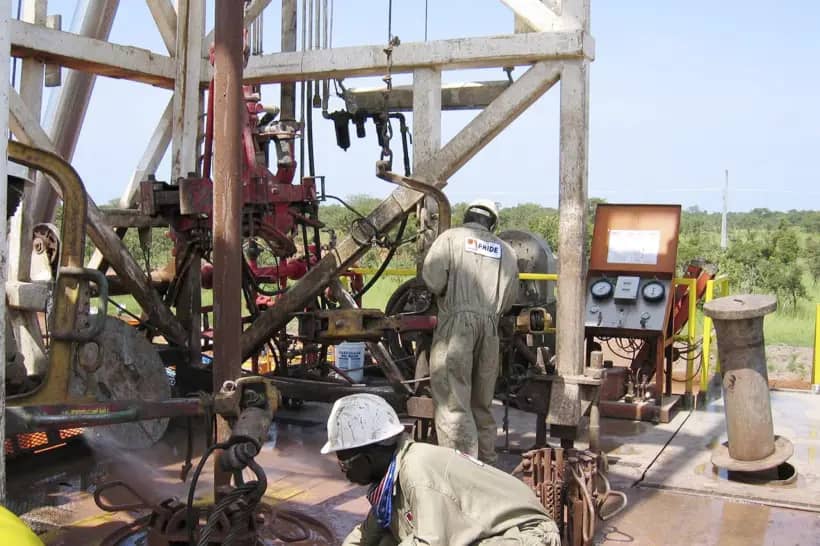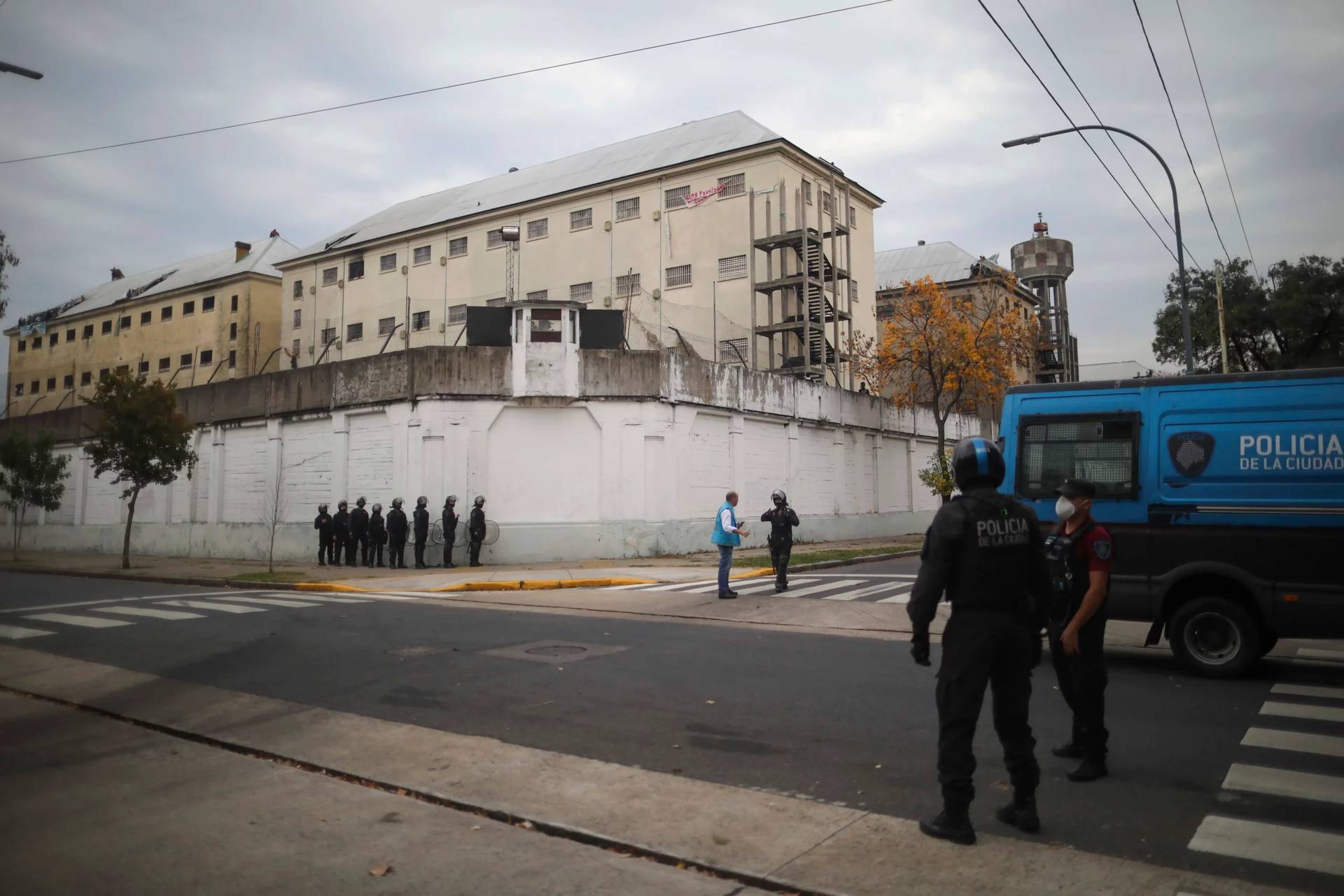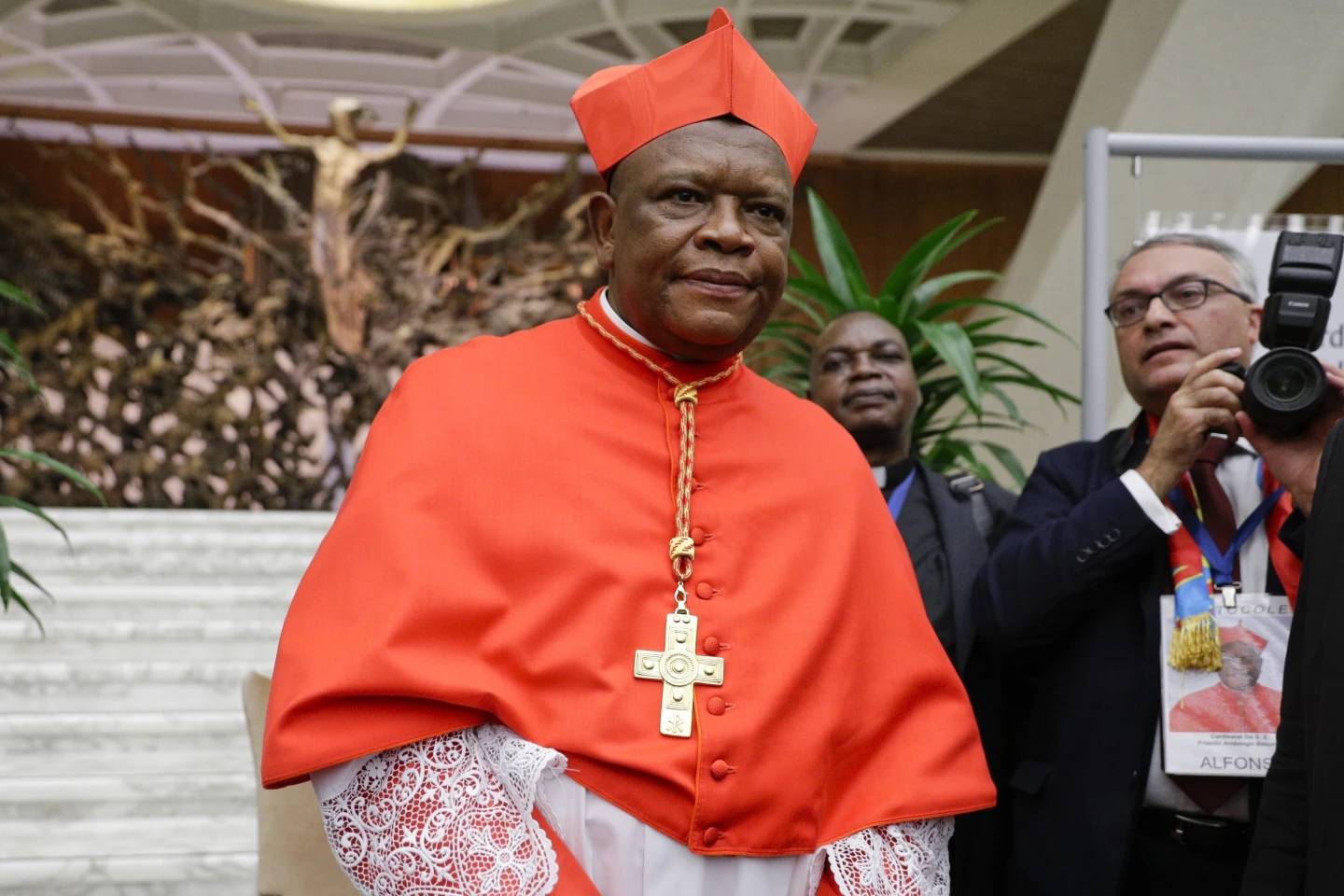This week, Crux’s Vatican correspondent Inés San Martín, who’s an Argentinian, was in the United States, among other things for a sort of crash course in the realities of American Catholicism.
One quick impression she picked up along the way is the fact that all three new American cardinals come with a fairly strong background in ecumenical and interreligious dialogue.
Archbishop Blase Cupich of Chicago, for instance, is the first Catholic co-chair of the new National Catholic-Muslim Dialogue, sponsored by the Committee on Ecumenical and Interreligious Affairs of the U.S. Conference of Catholic Bishops.
Archbishop Joseph Tobin of Indianapolis, meanwhile, is the Catholic co-chair of the North American Orthodox-Catholic Consultation and an adviser to the bishops’ dialogue committee, while Bishop Kevin Farrell, simply by dint of serving in Dallas, has strong relations with the Protestant community, and has also taken a personal interest in Catholic/Jewish ties.
For Farrell, actually, ecumenical dialogue is more or less a family affair, since his brother Bishop Brian Farrell has served since 2002 as the number two official in the Vatican’s Pontifical Council for Promoting Christian Unity.
Isn’t it striking, San Martín asked me at one point, that all three have that aspect of their biographies in common?
My answer? “Not really.”
In truth, Pope Francis could have chosen his new American cardinals by throwing darts at a dartboard with the names of every U.S. bishop on it, and the odds are that he would have come up with three men who also have a fairly deep experience of both ecumenical and inter-faith relations.
In effect, that’s one of the gifts Catholics in the United States can, and do, offer to the universal Church – a comfort level with religious diversity and with dialogue that one can’t always take for granted in other parts of the world, especially in places with one historically dominant religious tradition where other traditions are essentially invisible.
Historically speaking, there has never been an established church in America. Granted, at the beginning Protestants were the overwhelming majority and set the cultural tone, but that too equipped Catholics for dialogue, since avoiding contact with Protestants basically would have meant never leaving the house.
Quite quickly, America began attracting new arrivals from various parts of the world who brought their religious traditions with them, and found in the United States a generally safe haven in which to practice and foster them.
Also because we’ve never had a state church, American religions have had to learn to hustle from the beginning. Public funding and state sponsorship was never going to ensure the survival of a church, or mosque, or synagogue, or temple, which meant they had to be self-reliant and, at least to some extent, missionary-oriented.
As a result, religion in America has always been something of a noisy and competitive affair, so even if one were inclined to ignore the “other,” it’s awfully difficult to do so in reality.
Perhaps at the level of formal, officially sanctioned dialogues, there wasn’t a lot happening in the United States, or, for that matter, anywhere else, prior to the Second Vatican Council in the mid-1960s. On the ground, however, in terms of the stuff of daily life, the demographic and political character of the United States compelled Catholics to be people of dialogue from the start.
As of 2016, there are 198 different Catholic jurisdictions in America – 177 Latin rite archdioceses and dioceses, 19 eparchies, archeparchies and exarchates of the Eastern churches, 1 military archdiocese and 1 personal Ordinariate for former Anglican communities. Frankly, it’s difficult to imagine the leader of any one of those outfits who lacks some personal experience of engaging both Protestants and other faiths, either in structured formal dialogues or in the informal “dialogue of life.”
Not all bishops are equally adept at such exchanges or invest the same level of personal energy in them, but it would be a rare American prelate who didn’t recognize taking part in such dialogue, at least in some form, as a basic part of the job description.
That’s not necessarily the case with churchmen from other parts of the world.
Pope Francis, for instance, was actually something of an exception among his fellow Latin American prelates in terms of his own résumé on ecumenical and interfaith dialogue, in part because Argentina is an outlier among Latin American states with large pockets of both Jews and Muslims, and also because he built strong ties with Protestant and Orthodox believers.
Many other Latin American prelates have been ambivalent about such dialogue in the past, in part because their primary experience of the Christian “other” has been of aggressively proselytizing Evangelical and Pentecostal groups, who often target Catholics for their missionary campaigns.
At one point during the 1990s, the Latin American bishops estimated they were losing more than 8,000 people a day to the Evangelicals and Pentecostals, and overall more people converted from Catholicism to Protestantism in Latin American during the late 20th century than did so in Europe in the century following the Protestant Reformation.
That’s not exactly a prescription, in other words, for good neighborly relations.
In the United States, however, a commitment to dialogue with other Christians and other faiths really isn’t a marker of being progressive or avant-garde, and it’s really not that exceptional in terms of the experience our bishops, clergy and laity bring to whatever else it is they end up doing.
So, yes, by elevating Cupich, Tobin and Farrell to the College of Cardinals, Pope Francis in effect will be injecting three more personalities into that mix personally committed to the idea of dialogue and outreach with other Christian churches and other faiths.
Presumably, however, he had other reasons that were more decisive in terms of why these three – because if that’s all he was looking for, virtually any churchman in the United States would have done the trick.







